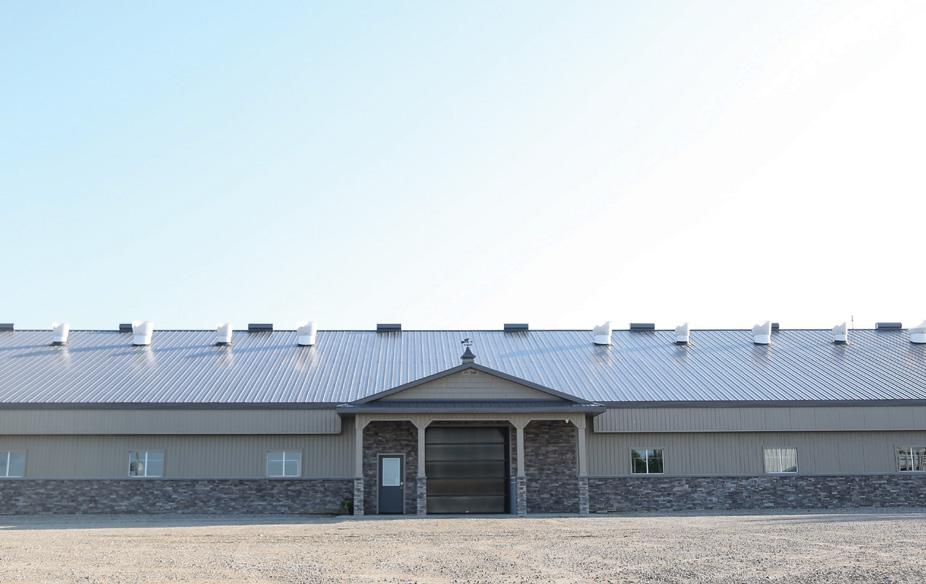
2 minute read
Asphyxiating Gases
from Milk Producer
by MilkProducer
PROTECTING YOUR TEAM FROM ASPHYXIATING GASES
By Sheila James and Jason Killoran
YOU CAN’T SEE OR HEAR manure gas or silo gas, but the effects are as quick and deadly as being hit by a tractor.
The effect of gases on farm operations can be devastating but some simple precautions can make a big difference.
MANURE TANKER WAGONS
Farms with manure lagoons may use an agitator for mixing the manure before it is loaded into a tanker wagon and taken to the field. If the agitator gets clogged, someone must enter the confined space to unclog it.
Without proper attention to safety, this can result in asphyxiation and death. Use a large fan to ventilate the space first, use a fourgas monitor to confirm the air is clear, and wear a self-contained breathing apparatus.
Even after a manure tanker wagon is emptied, manure gas can remain. If someone must go inside to unclog the tanker, the same precautions must be taken. Ventilation is critical. The person entering the tanker must also wear a harness and have a buddy who can not only monitor what is happening but hoist them out if they are overcome with manure gas.
SILO SAFETY
Silo gas can accumulate and remain in an upright silo for up to four weeks after filling. It is a heavy gas and can travel down the silo chute. Prior to entering a silo during this time, ventilate it with a fan or blower for at least an hour. Use a four-gas monitor and a selfcontained breathing apparatus if gas levels are too high.
Sheila James is Health & Safety Consultant, and Jason Killoran is Senior Health & Safety Consultant, Workplace Safety & Prevention Services.
For more information, view the Agricultural Topic Fact Sheet: Silo Safety at https://wsps.news/Silo . For concerns about silo or manure gas on-farm phone 877-494-WSPS (9777).
SIMPLE SAFETY PRECAUTIONS
• When unclogging a manure tanker, use a large fan to ventilate the space. • Confirm the air is clear with a four-gas monitor. • Wear a self-contained breathing apparatus. • Wear a harness if entering the tanker. Work with a buddy who can monitor what is happening. • Prior to entering a silo, ventilate it with a fan or blower for at least an hour. Use a four-gas monitor and a self-contained breathing apparatus if gas levels are too high.









